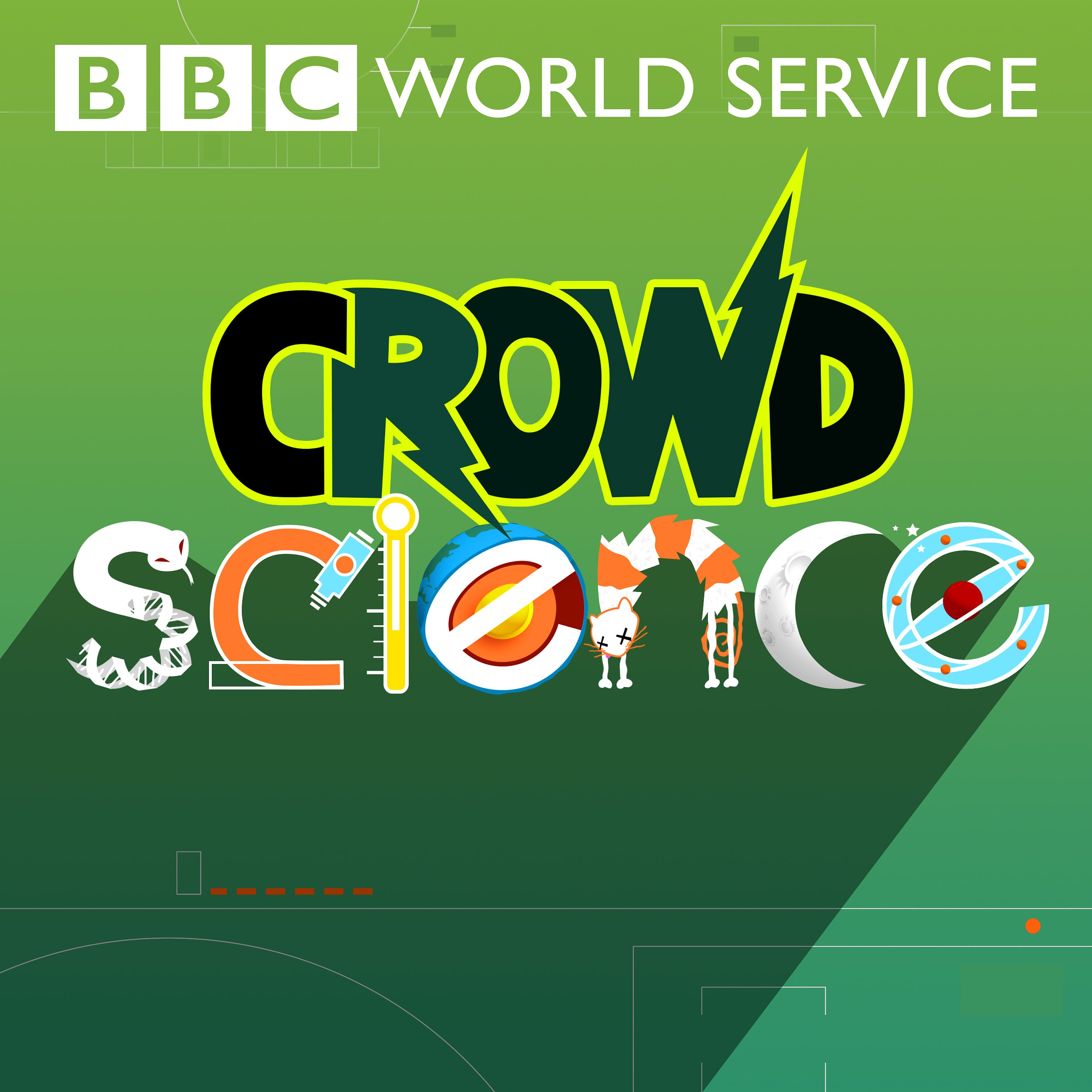What are Ostriches for?
Description
Meet the ostrich, one of nature’s most unusual creatures: a two-metre-tall, flightless bird that struts about the African savannah. CrowdScience listener Pat found herself entranced by seeing them on a wildlife documentary, where two ostriches were exhibiting some bizarre behaviour. According to her, the female was sitting on her eggs in a ‘nest’ that was barely a dent in the ground, while the male was just flapping his feathers around her. So Pat came to us to ask: what are ostriches for?
Anand Jagatia starts by meeting one face-to-face at Woburn Safari Park. Tom Robson, Head of Reserves at the park, gives Anand a tour of ostriches’ unique features. He discusses their status as the largest and fastest birds in the world and explains the unusual mating behaviour Pat observed on the TV programme she was watching. Next, to answer why some of these traits exist, Peter Houde from New Mexico State University dives into the ancient fossils. Peter is one of the palaeontologists who has managed to uncover the secrets of ostrich origins. What did their ancestors look like -- and why did they lose the ability to fly?
Ostriches are also a part of human culture. Their eggs, for example, have been objects of value for thousands of years. Archaeologist Tamar Hodos from the University of Bristol explains how decorated ostrich eggs have been uncovered from ancient tombs and how they were probably used as pouring vessels as well as status symbols.
Anand receives an ostrich egg in the post and manages to cook it using a very specific and British process. Finally, designer Pascale Theron tells us about the history of the ostrich farming industry. It’s a classic rags-to-riches-to-rags tale, a manic boom at the start of the 20th Century all based around feathers that were worth their weight in gold.
Presenter: Anand Jagatia
Producer: Phil Sansom
Editor: Richard Collings
Production Co-ordinator: Jonathan Harris
Image credit: Phil Sansom & Anand Jagatia
More Episodes
Published 04/26/24
Coastlines around the world are changing, causing serious problems for the many communities living near the sea, as well as vital and fragile coastal ecosystems.
In the second of a two-part special on coastal erosion, CrowdScience explores the best ways to tackle this problem. Presenter Caroline...
Published 04/26/24
Around the world, coastlines are constantly changing due to the power of waves, currents and tides. Coastal areas are also some of the most heavily populated and developed land areas in the world. So it’s not hard to see how the natural process of coastal erosion can cause serious problems for...
Published 04/19/24


